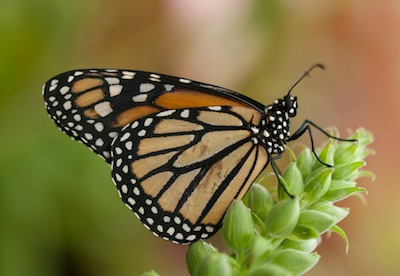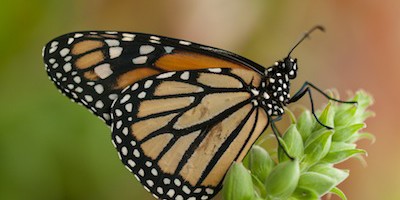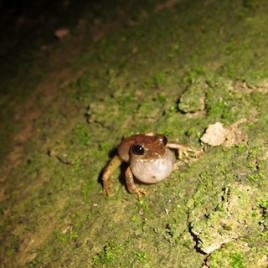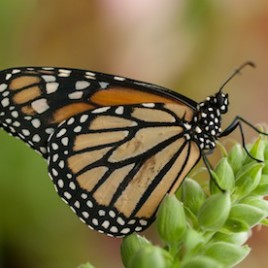
A new study suggests that loss of milkweed in summer breeding grounds in the U.S. and Canada, rather than impacts on wintering grounds in Mexico, could be the key to the decline of the monarch butterfly (Photo credit: William Warby, via flickr)
A new study bolsters the notion that a lack of milkweed in summer breeding grounds is contributing to the decline of the monarch butterfly. Previous research indicated that the decline of monarchs may be due to catastrophic die-offs in overwintering grounds in Mexico, caused by loss of forest habitat or extreme weather events linked to climate change.
But a new computer model of butterfly migration indicates that both these factors had less influence on projected population declines than those from milkweed declines on the breeding grounds in Canada and the U.S. The model predicts a further 14% decline in butterfly populations by the end of the century.
Original research paper published in the the Journal of Animal Ecology on June 4, 2014.
Names and affiliations of selected authors



